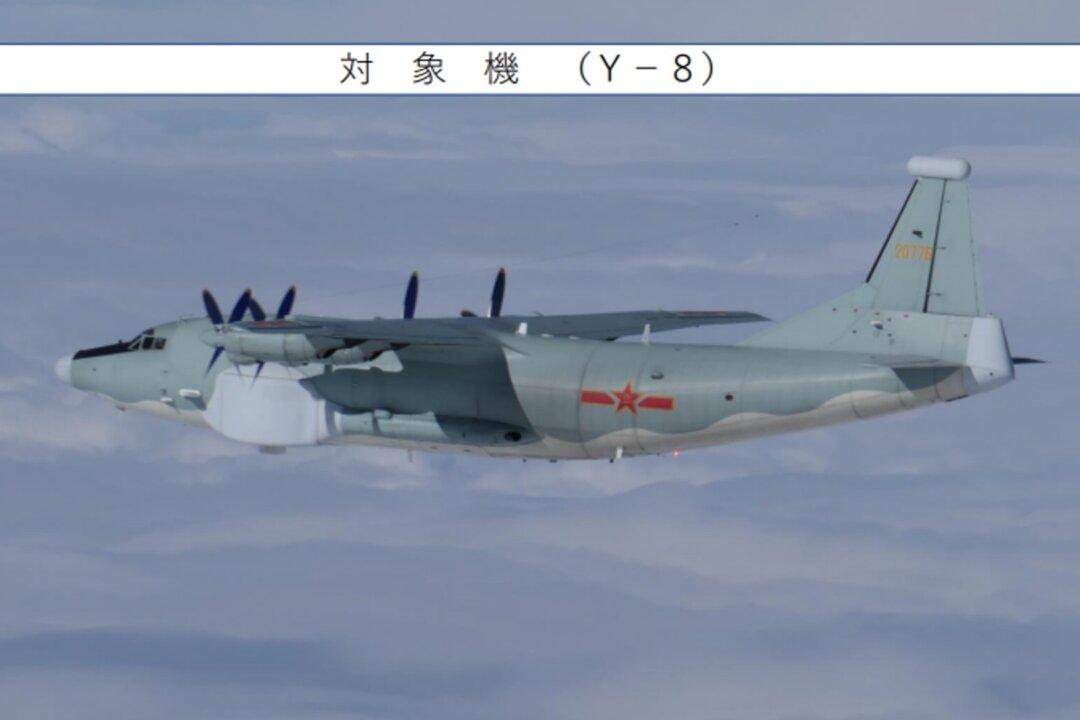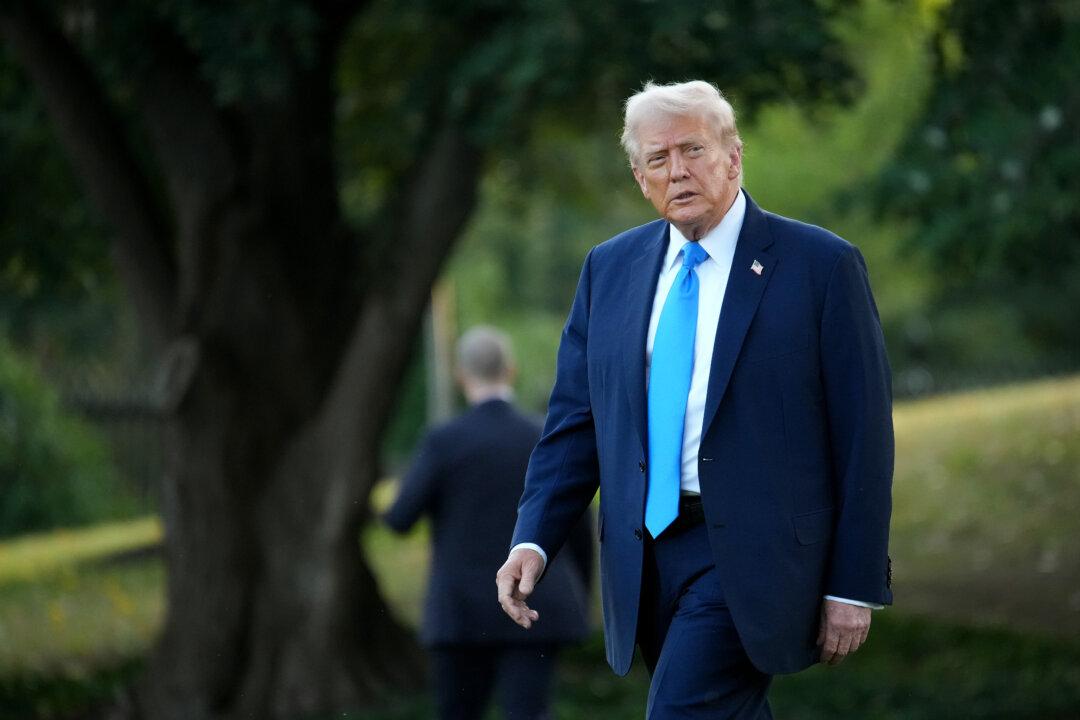Japan and South Korea, both allies of the United States, scrambled fighter jets on Thursday after two Chinese and four Russian military planes entered South Korea’s air defense zone without prior warning.
The Chinese aircraft entered South Korea’s Air Defense Identification Zone (ADIZ) off its east coast between 11:53 a.m. (02:53 GMT) and 12:10 p.m. and then left the area, South Korea’s Joint Chiefs of Staff (JCS) said in a statement. An ADIZ is usually an area where countries may unilaterally demand that foreign aircraft take special steps to identify themselves, according to the International Civil Aviation Organization. Unlike airspace, there are no international laws that govern air defense zones.





